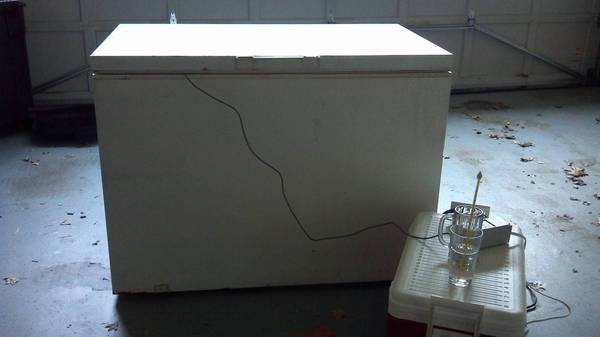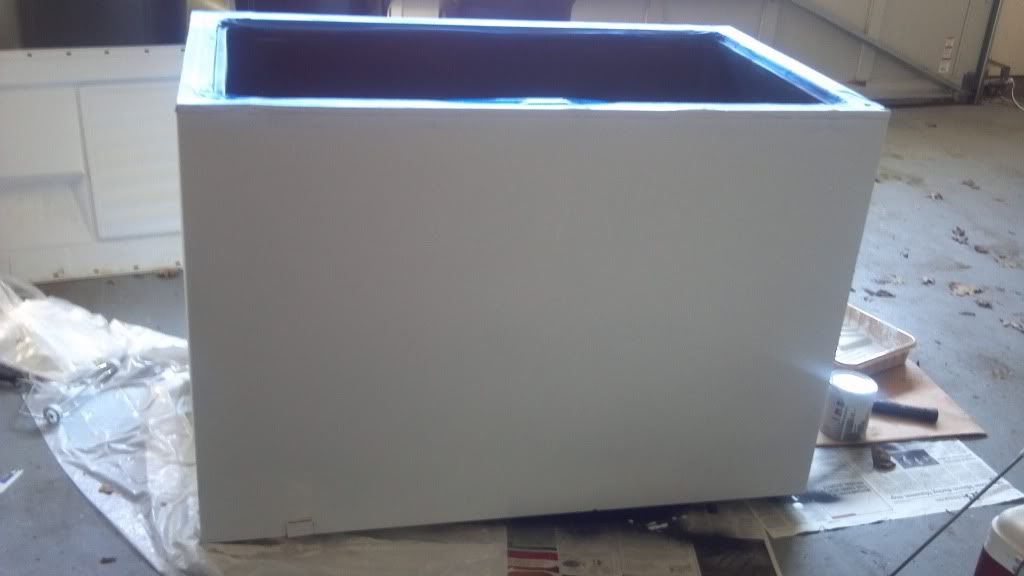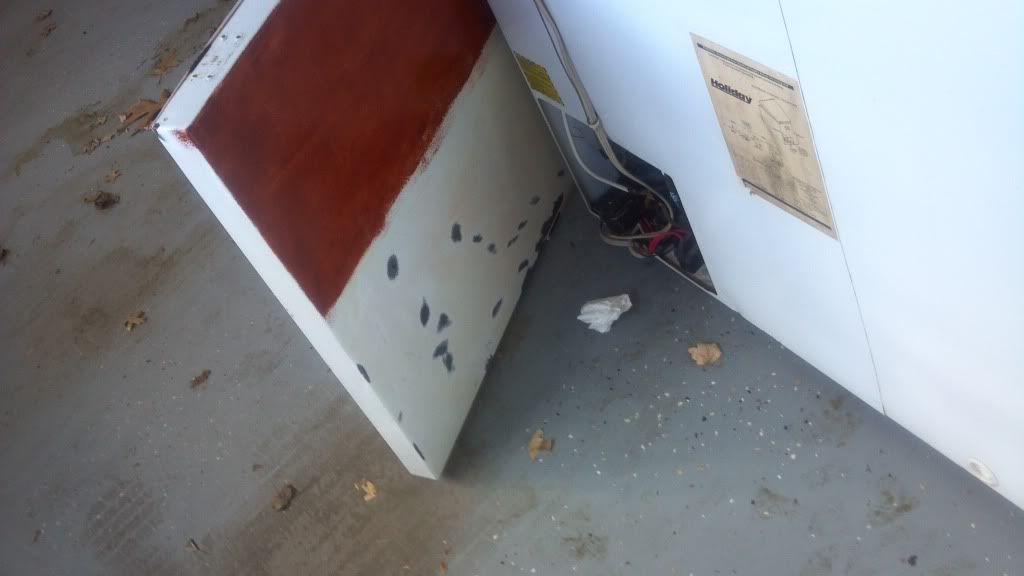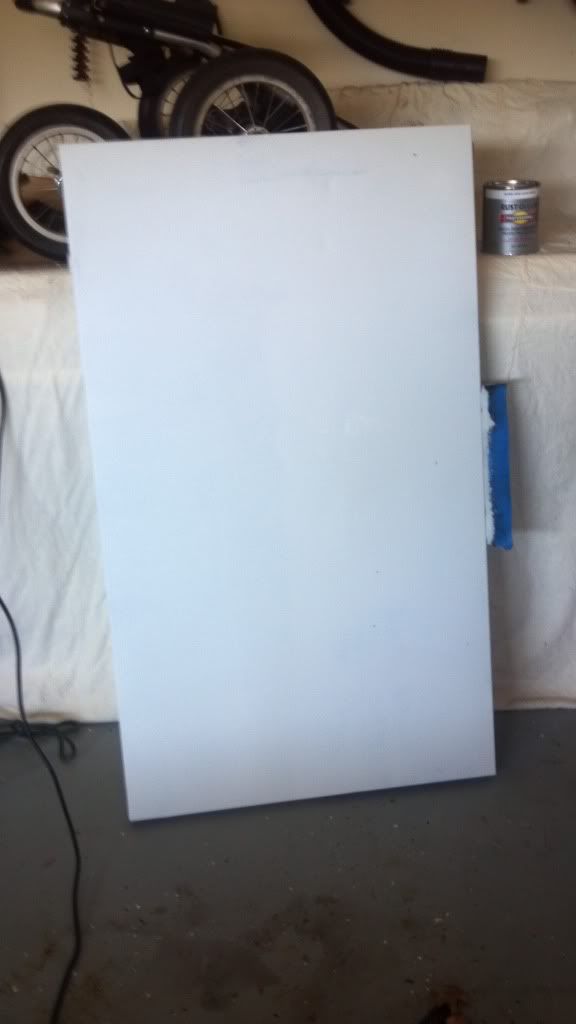BasementBrewmistress
Well-Known Member
- Joined
- Sep 18, 2011
- Messages
- 147
- Reaction score
- 5
Paid too much for an old, nasty 15' cu freezer on Craigslist. Been reading threads on restoration, including JoeC's Monsterator, but there doesn't seem to be a consensus on dealing with rust.
Wondering if I can just clean it up with soap/bleach and use this for rust abatement? Or do I still have to sand it?
It's in the garage now, but will unfortunately/eventually go on a covered patio (that was another thread) unless my husband figures out how to fit in through the sliding glass door.
Not sure how this whole conversion thing will turn out....

As you can see, it's dirtier than it is rusty.

A bit more rust on the backside...seal is very moldy.

Rust on the floor along the floor and edges.
Wondering if I can just clean it up with soap/bleach and use this for rust abatement? Or do I still have to sand it?
It's in the garage now, but will unfortunately/eventually go on a covered patio (that was another thread) unless my husband figures out how to fit in through the sliding glass door.
Not sure how this whole conversion thing will turn out....

As you can see, it's dirtier than it is rusty.

A bit more rust on the backside...seal is very moldy.

Rust on the floor along the floor and edges.










